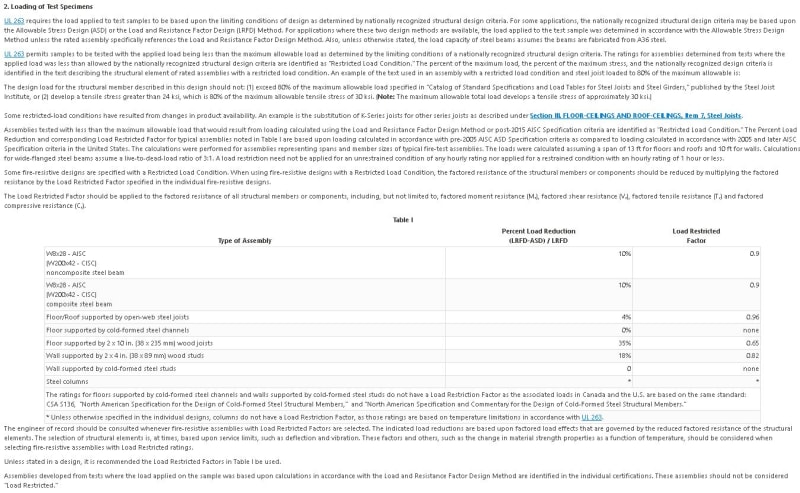structSU10
Structural
- Mar 3, 2011
- 1,062
Has anyone dealt with the load reduction factors for structural components other than structural steel? If I understand this if you design a wood structure using the current NDS ASD method you wouldn't have to apply this load restriction, but is that true? I didn't get much help from UL on this - I asked a specific question about wood trusses and they said the manufacturer would set that parameter. What have others been doing for this issue?


